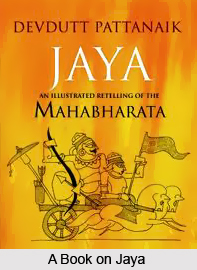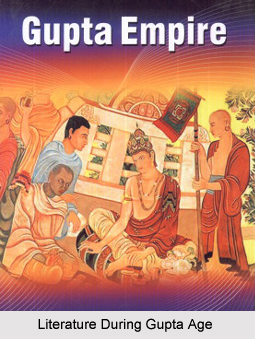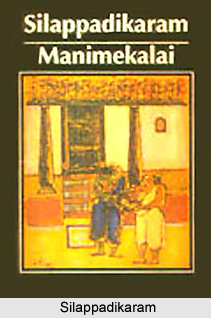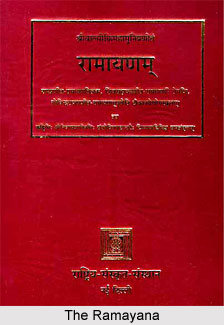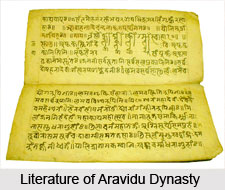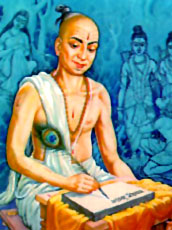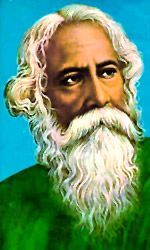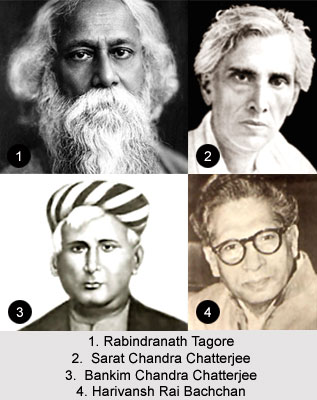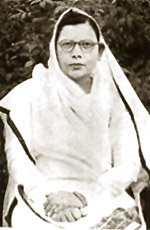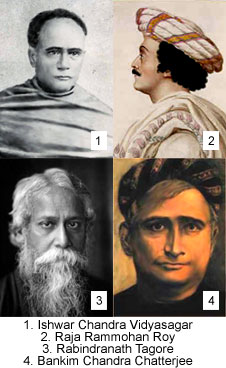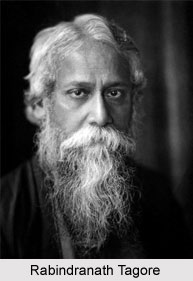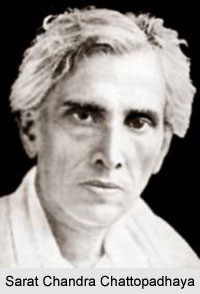 Pally Samaj portrays the dilemma of a widow falls between the moral customs brought about by society and her own innocent aspirations. The predicament, which befalls her life, is the collective errand of the conservatives, the product of society contaminated by the vague customs and traditions. The novel very much of its time pictures the rural Bengal in all its spirit.
Pally Samaj portrays the dilemma of a widow falls between the moral customs brought about by society and her own innocent aspirations. The predicament, which befalls her life, is the collective errand of the conservatives, the product of society contaminated by the vague customs and traditions. The novel very much of its time pictures the rural Bengal in all its spirit.
Author: Reckoned typically as the social reformer Sarat Chandra Chattopadhayas each novel stands as the emblem of the then Indian society. He was born in the year 1938 on 16th January. The then Indian society, the conventional customs and the orthodoxies therefore find an utterance in his write-ups. The misery, oppression and repression of the society especially the victimized women are etched out with perfect subtlety.
Synopsis: Set in the rural backdrop of 20th century Bengal, Pally Samaj represents the moral standards and social superstitions, which are exploited by the social administrators to manipulate the events according to their own needs. Rama, the protagonist, was engaged with Ramesh, by their parents. Eventually they got separated due to the rural politics and Rama got married somewhere else. Destined to be a widow, Rama, came back to her father leaving her in-laws house. But the childhood emotions and passions tried to find expressions in the silent approbation of Rama for Ramesh. A victim of fallacious moral standard imposed by society, Rama was perplexed. She was torn between two opposite forces- the regret for being unable to provide unconditional support to her "Ramesh Da" and performing the duties of an unblemished widow, chained by the social customs, which prohibits her to aspire. The cruel society even compelled out Rama from the folds of society, which epitomizes the tragedy of the rural woman in Bengal.
The title truly connotes the rural society in all its aspects. Rama, the protagonist represents the strength of a Renaissance woman in her silent protest against the falsity of the social standards. Rama in her majestic charm represents the charisma of a Renaissance woman. Rama, one of the successful portraits of Sarat Chandra represents the entire rural woman folk, submitted to the futile standards of the patriarchal society. At the same time Rama also portrays the passionate woman who were imbibed with the spirit of Renaissance to come out and demand their status in the social echelon.
Extremely applauded in its time the novel Pally Samaj was a direct protest against society infested with vague restrictions. It was published in three installments of Bharatbarsha in [B] 1322 Ashwin, Agrahayan and Poush issues. Later Sarat Chandra added another ten chapters to the story and all of which were included in the Bharatbarsha in [B] 1323 Poush issue. The novel published as a book on 15th Jan 1916. Sisir Bhaduri`s renowned film on Pally Samaj was released on 1st July 1932.
